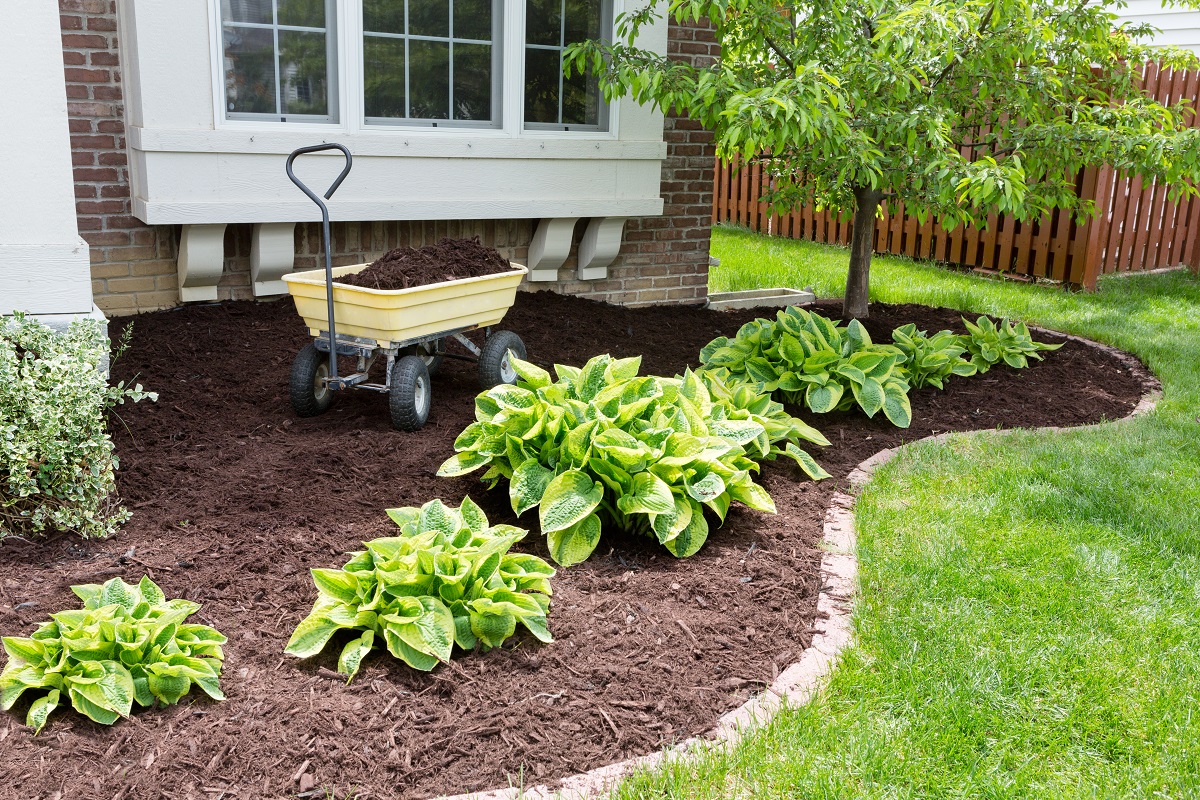Everybody loves a garden, a beautiful and well-maintained garden, to be exact. But it does takes a lot of hard work and real knowledge to plant, populate, prune, and prepare a garden for the different seasons of the year. Just like a discerning parent who watches his or her children individually, considering their uniqueness, needs, and preferences—a diligent gardener also has a discriminating eye when it comes to plant species, soil composition, tools and supplies to use, and techniques to apply in caring for one’s own garden.
Like nurturing a human relationship, tending to a garden cannot be a touch-and-go affair. It takes a lot of attention to make a garden bloom and stay healthy during the various seasons of the year. How one takes care of a baby is different from the attention that is given to a loved one in their golden years. In the same way, gardening requires season-specific skills and information. So, since there are three months left before December, it is good for the novice to read about a few ideas on how to better prepare the garden for the coming winter:
1. Know Your Zones
The first key to having a good garden is to know your zones. The U.S. Department of Agriculture published a planting zone and climate guide so that farmers and gardeners would know which plant species would grow best during a particular time of the year. In the guide, it says that Zone 1 places include Alaska, Canada, and Northern Minnesota. In this zone, there are plants that can withstand extreme temperatures of below 40 degrees Fahrenheit. Majority of plant species in the United States are actually very resilient and can stay alive in temperatures of below -30 degrees Fahrenheit, which is categorized under Zone 3. To ensure that the garden stays populated all throughout the year, choose plants that are appropriate to the planting and climate zone in your area. Do take note that micro-climates occur within a one kilometer-radius where you live, so do not be surprised about sudden changes of weather in one day. Most plants adapt and survive the rapid changes in climate and seasons.
Speaking of seasons, it is a must to know that termites swarm between the months of March and November, the same period that people are glued on t.v. to watch the Major League Baseball. So before getting too obsessed with the playoffs, take time to hire an expert pest exterminator to treat your home and other parts of your property that could be vulnerable to infestation. Some termite species burrow underground so before doing a lot of work on the garden, let the pest control team inspect the soil to trace possible nests and swarming areas.
2. Winter-ready Roses
Just like knowing the seasons, it is also good to know the species or kind of roses you plant in the garden. Most shrub roses are very easy to grow and relatively easier to care for than the others. Hybrid tea roses are very delicate and may not be suitable to areas with very cold climates. Before the onset of winter, make sure to water them generously. This would enable the ground to store as much water as it can before the snow falls and the winter freezes the ground. While there is no need to add fertilizer, it is advisable to add an extra layer of soil around the base of the roses. In much colder climates, add mulch is much better. If you have chicken wire available in your home, it would also be good to wrap a protective layer around the rose bush.
3. Choose Cool-season Plants
One tweak to a winter-ready garden is to first choose cool-season plants like French Marigold and Zinnia. If you have an edible plant section in the garden, the best vegetables for growing during the cool season include lettuce, carrots, and onions. Ornamental plants that good to grow in the cold include Blue Lobelia and Snapdragons. Also known as annuals since they only bloom during one season of the year, these types of garden plants cannot withstand the frost so make sure to keep them in the garage when the frost begins to form outside the home.
4. Mulching the Ground for Perennials

Perennials like ornamental grass and purple coneflowers are more resilient. Even when they shed leaves, the same leaves serve as a top cover during winter. Still, it is good to layer at least six inches of mulch when the ground begins to freeze.
These four simple tips to care for your garden during winter can be done by just about everyone. Enjoy the process of trimming, cleaning, and prepping your small slice of paradise before the winter blows. Soon enough, springtime will return and you will be glad that you gave the garden the right kind of attention it needs. For, in fact, the more you care for it, you are actually making yourself feel better. As it has been said and proven many times over, “gardening is indeed the purest of all human pleasures.”











